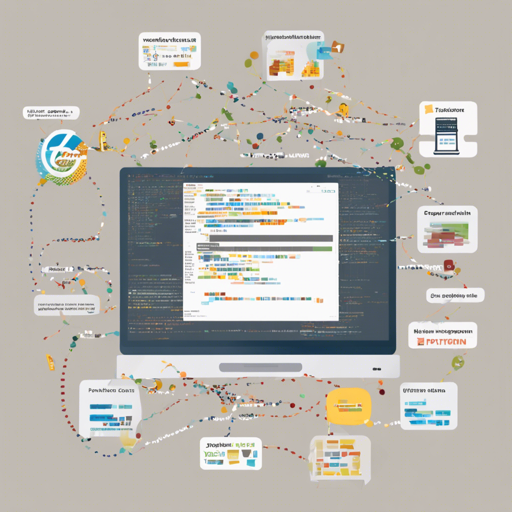Welcome to the world of Topic Modelling! If you’ve ever felt overwhelmed by the vast oceans of text in the natural language processing (NLP) domain, worry not! In this guide, we’ll explore how to leverage the Gensim library to extract meaningful patterns from your textual data seamlessly. Let’s dive into this exciting journey!
What is Gensim?
Gensim is a powerful Python library designed specifically for topic modelling, document indexing, and similarity retrieval, making it an invaluable tool in the NLP and information retrieval communities. Its ability to handle large corpora and provide efficient algorithms sets it apart in the field.
Installing Gensim
Before you can begin your journey with Gensim, you need to install it. Follow these simple steps:
- First, ensure you have NumPy installed, as Gensim relies on it for performance.
- Open your command line interface and run the following command:
pip install --upgrade gensimpip install .Understanding Topic Modelling
Think of topic modelling like sorting through a massive library of books. Just as a librarian organizes books based on their genres, Gensim helps identify and cluster similar documents together based on the topics they discuss without ever reading them! This is done through algorithms such as Latent Dirichlet Allocation (LDA) and Latent Semantic Analysis (LSA).
Using Gensim for Topic Modelling
With Gensim, topic modelling can be efficiently executed with just a few lines of code. Here’s a simplified analogy:
- Imagine you have a group of friends who like different types of music: rock, pop, jazz, and classical.
- You can think of each type of music as a topic and each friend as a document containing preferences.
- Gensim helps you categorize these friends into groups based on their shared musical interests, revealing the hidden themes – or topics – within the diverse collection of musical genres.
Basic Code Example
Here’s a basic example to get you started with topic modelling using Gensim:
from gensim import corpora, models
# Sample documents
documents = ["I love playing guitar",
"Guitar solos are amazing",
"I prefer classic rock music",
"Jazz has a unique flavor"]
# Tokenization
texts = [[word for word in doc.lower().split()] for doc in documents]
# Create a dictionary and corpus
dictionary = corpora.Dictionary(texts)
corpus = [dictionary.doc2bow(text) for text in texts]
# Train the LDA model
lda_model = models.LdaModel(corpus, num_topics=2, id2word=dictionary, passes=10)
Troubleshooting
While using Gensim, you may encounter some issues. Here are a few tips to help you troubleshoot:
- If you face installation issues, ensure that you have the correct version of Python and NumPy installed.
- Always check for any error messages in the command line for hints about what may be wrong.
- Documentation can be your best friend! Refer to the official documentation for comprehensive guides and troubleshooting steps.
- For more insights, updates, or to collaborate on AI development projects, stay connected with fxis.ai.
Conclusion
At fxis.ai, we believe that such advancements are crucial for the future of AI, as they enable more comprehensive and effective solutions. Our team is continually exploring new methodologies to push the envelope in artificial intelligence, ensuring that our clients benefit from the latest technological innovations.
Now that you have a foundational understanding of Gensim and topic modelling, it’s time to unleash your creativity and transform how you interact with textual data!

